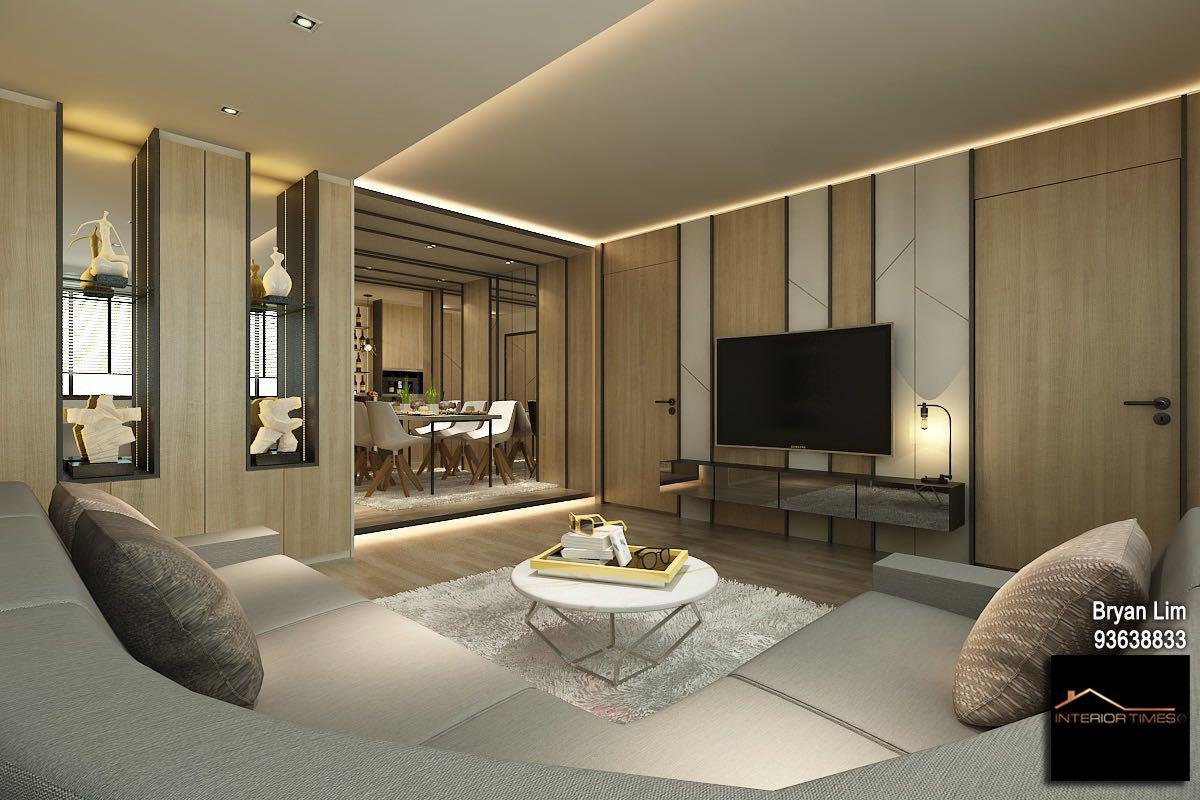The Power of Lighting in Interior Design: Illuminating Your Space
Lighting plays a crucial role in interior design, significantly impacting the overall ambiance and functionality of a space. Beyond its practicality, lighting has the power to transform a room, evoke emotions, and highlight architectural features. By understanding the various lighting techniques and fixtures available, homeowners and designers can harness the true potential of lighting to create stunning and well-balanced interiors.
Setting the Mood:
Lighting has the ability to set the mood and create different atmospheres within a space. Warm, dimmed lighting can create a cozy and intimate ambiance, perfect for bedrooms or living areas where relaxation is paramount. On the other hand, bright and cool lighting can enhance productivity and focus, making it ideal for home offices or kitchens.
Layered Lighting:
One of the key principles of effective lighting design is layering. By combining different lighting sources, such as ambient, task, and accent lighting, a room can be beautifully illuminated, ensuring both functionality and aesthetics. Ambient lighting provides overall illumination, while task lighting focuses on specific areas for activities like reading or cooking. Accent lighting adds drama and highlights architectural details, artwork, or decor elements.
Natural Light Integration:
Integrating natural light into interior design not only enhances the visual appeal but also contributes to the well-being of occupants. Maximizing natural light through well-placed windows, skylights, or light tunnels creates a connection to the outdoors, uplifts mood, and promotes a sense of openness and spaciousness.
Lighting Fixtures as Design Elements:
Lighting fixtures themselves can serve as statement pieces, adding personality and style to a room. From sleek and modern pendant lights to ornate chandeliers or unique floor lamps, the choice of lighting fixtures can complement the overall design theme and become a focal point within the space.
Energy Efficiency:
In today's environmentally conscious world, energy-efficient lighting solutions have become increasingly popular. LED lighting, for example, offers longevity, reduced energy consumption, and the option for dimming, allowing for greater control over the intensity and ambiance of a room. Incorporating energy-efficient lighting not only saves on utility bills but also aligns with sustainable living practices.
Lighting Control Systems:
Advanced lighting control systems provide homeowners with the ability to customize and optimize lighting based on specific needs and preferences. Smart lighting systems allow remote control of lighting fixtures, color temperature adjustments, and automated schedules, adding convenience and flexibility to everyday living.
The power of lighting in interior design cannot be overstated. It has the ability to shape the mood, highlight architectural features, and enhance the functionality and aesthetics of a space. By strategically incorporating different lighting techniques, integrating natural light, choosing statement fixtures, and considering energy efficiency, homeowners and designers can create captivating interiors that truly come to life. So, let there be light, and let it illuminate your space in a way that captivates the senses and enhances your everyday living experience.


